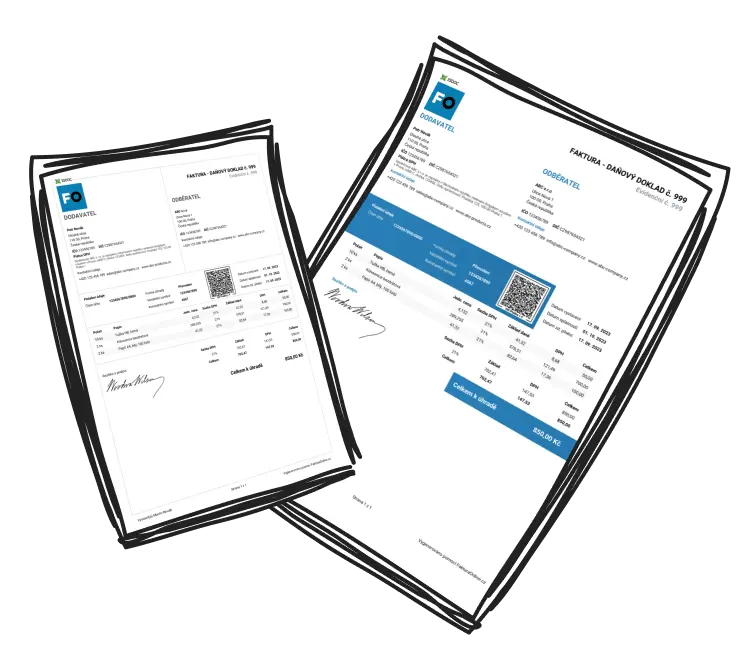Filling out an invoice isn't just any task—it's a fundamental part of conducting business professionally. An immaculate invoice fosters transparency, nurtures client relationships, and hastens payments, hence eliminating time wastage and costly blunders. Grasping the essentials is key to smooth financial dealings and building a credible reputation.
Essential Components for Crafting an Invoice
Avoid hiccups in your invoicing by ensuring these vital pieces are present in every invoice you issue:
Business details: Your trading name, address, and contact information must be clear.
Client particulars: The customer's name along with their contact details.
Distinct invoice number: Use a unique number for easy payment tracking and organisation.
Detailed list of services/products: Provide an itemised list with quantities, prices, and total amounts.
Key dates: Include both the date of the invoice and the payment due date.
Terms of payment: Specify terms like "Net 30" and the total amount due.
Optional extras: Include any applicable taxes, discounts, and a courteous message.
Step-by-Step Instructions to Create a Professional Invoice
Follow these steps to compose a meticulous and flawless invoice:
Select a professional template: Utilise tools such as Microsoft Word, Google Docs, or software like QuickBooks to start with a robust framework.
Enter business and client information: Accurately input contact information for both businesses prominently.
Generate a unique invoice number: Unique numbers prevent confusion and simplify tracking.
Elaborate on the goods/services: Ensure descriptions are clear, and include quantities, unit prices, and total costs.
State payment terms and deadline: Clearly signify deadlines and any stipulated terms, such as early payment perks.
Verify all figures: Ensure subtotals, taxes, and total figures are absolutely precise.
Add additional notes: Use this space for any payment instructions or a "thank you" to project professionalism.
Ensuring Precision When Filling Out Invoices
Precision is essential for maintaining client trust and ensuring swift payments. Implement these strategies to avoid errors:
Review client and project specifics: Confirm correct details including spelling of names and contract terms.
Double-check financial figures: Reconcile subtotals, taxes, discounts, and grand totals.
Utilise dependable software: Use trusted tools to automate calculations and maintain format consistency.
Confirm payment arrangements: Ensure they match up with prior agreements or contracts.
Proofread thoroughly: Inspect for errors in text, numbers, or formatting before dispatch.

Tip
Preview your invoice with digital tools to view exactly how it will look to your client, ensuring nothing is missed!
The Importance of Getting Invoice Details Right
Failure to accurately fill out invoices can lead to delayed payments, disputes, and damaged client rapport. Completing invoices properly not only fosters clarity but also safeguards legal and financial interests while enhancing professionalism. Moreover, correct invoices keep your financial records intact, helping you remain organised and efficient. Avoid unexpected costs from inaccurate invoicing by prioritising precision and excellence from the beginning!
Conclusion: Achieve Mastery in Invoice Precision
Accurate invoicing is an essential skill that involves diligence and professionalism. Adhering to these steps ensures you’re well-equipped to invoice like a maestro. Begin employing these tactics today to facilitate seamless financial dealings and uphold robust, trustworthy relationships with your clients!

